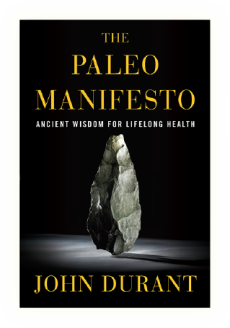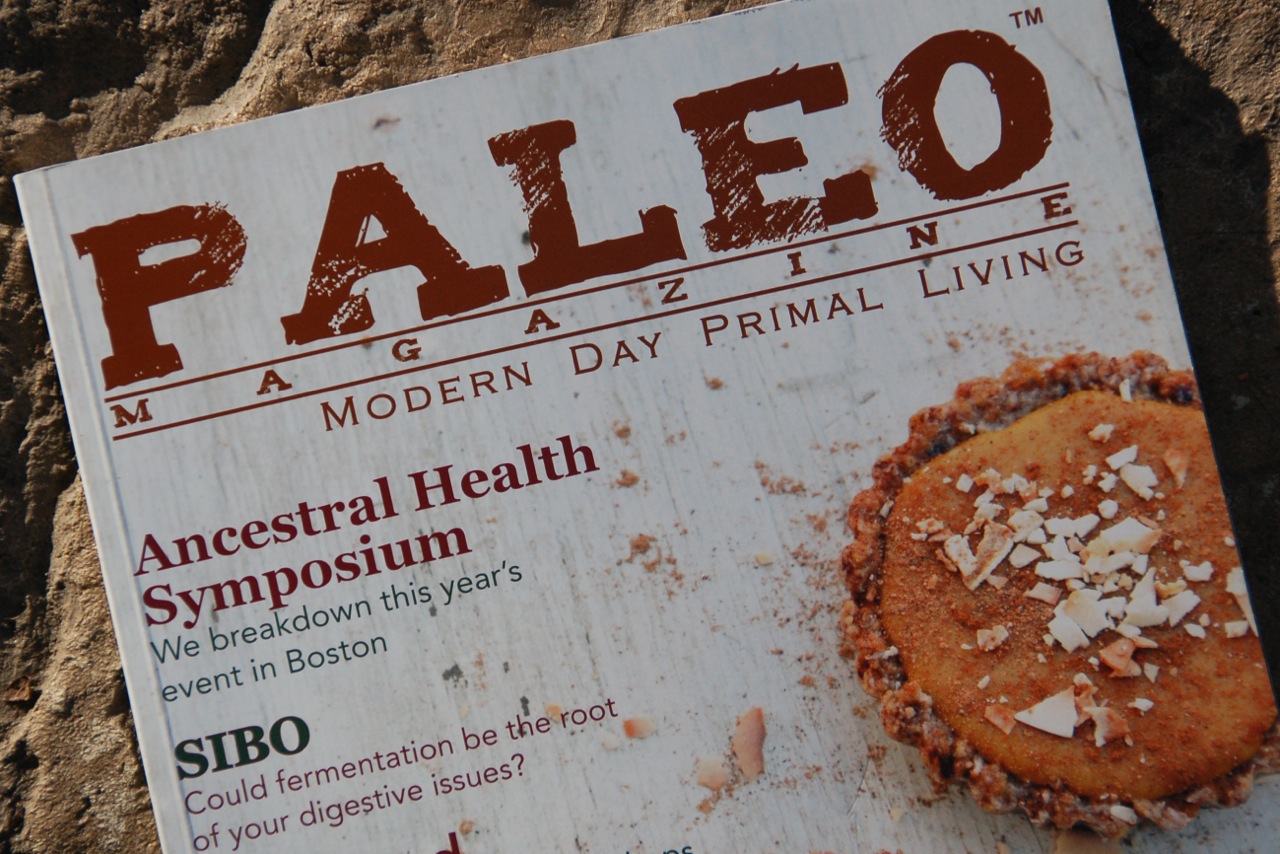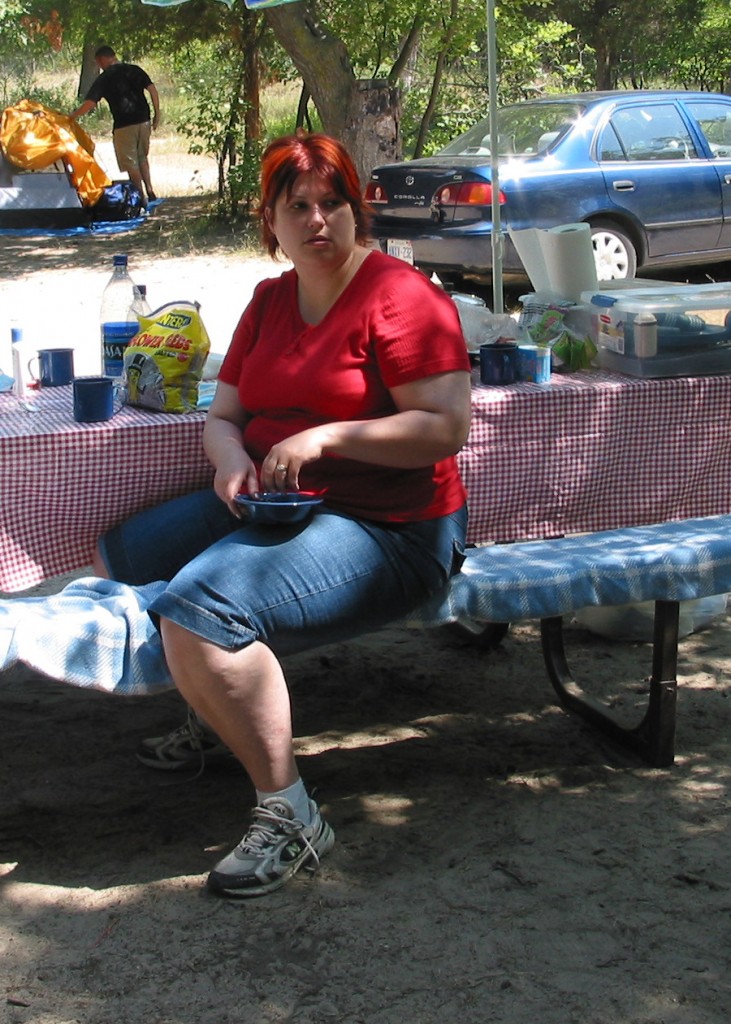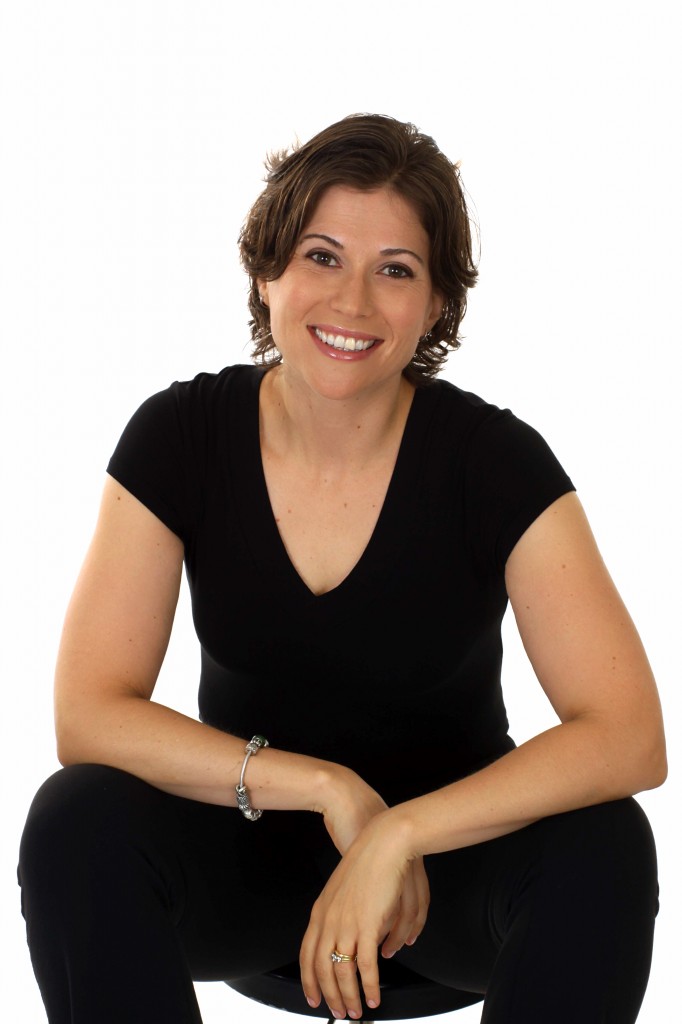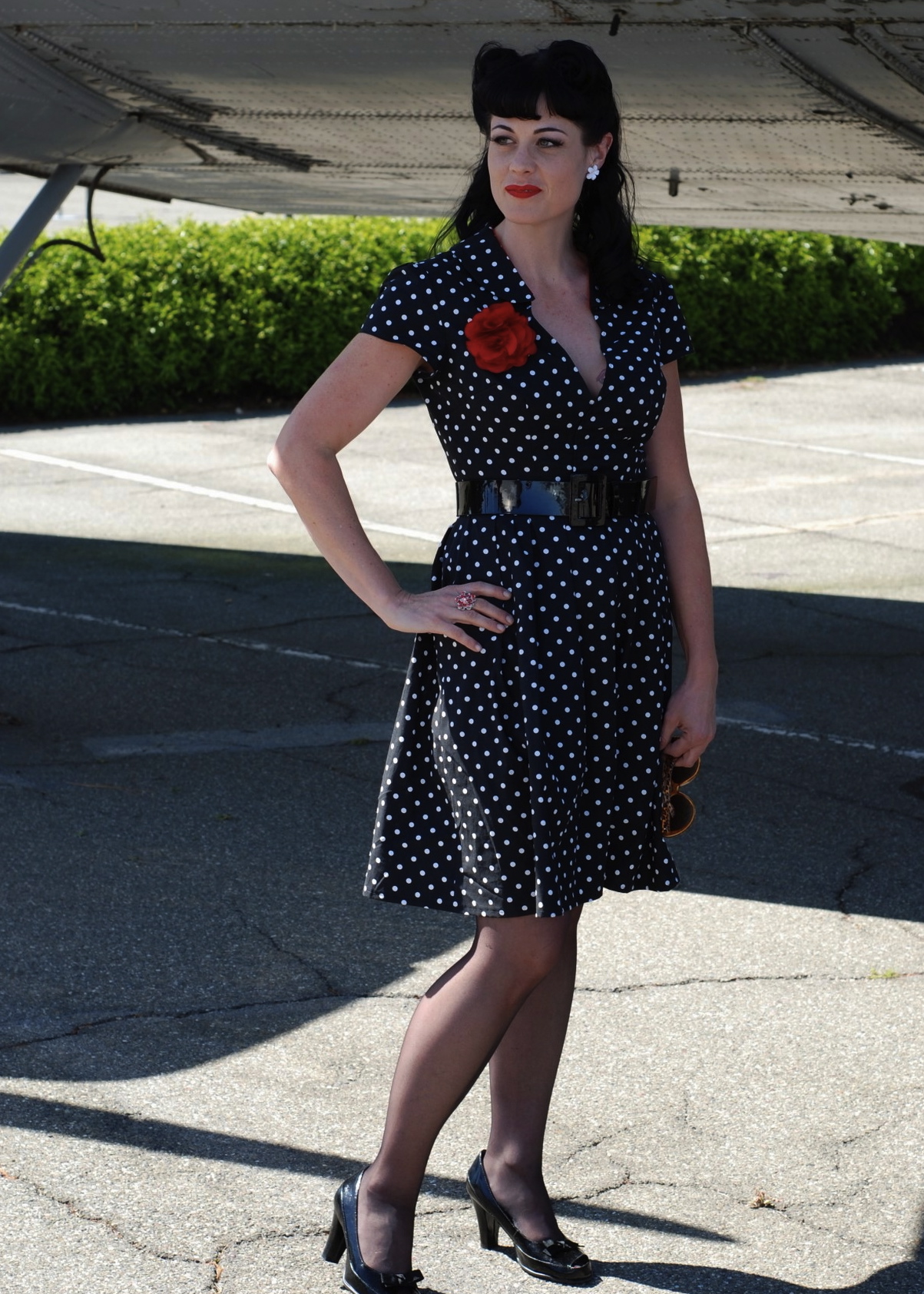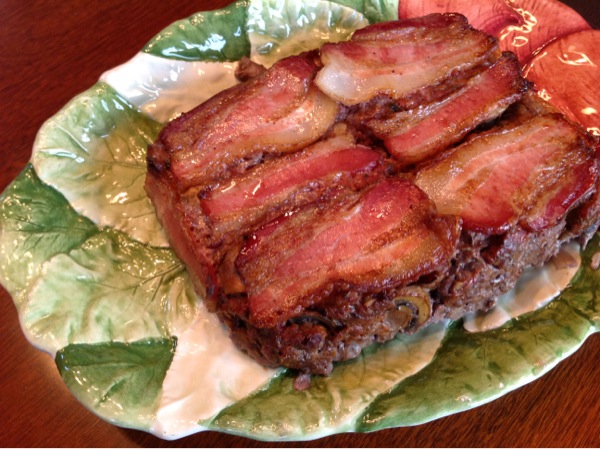
By Suzanne
I was drawn to the October 2012 Cook's Illustrated article by Celeste Rogers entitled "Meatier Meatloaf" as it sounded like a Paleo lover's dream come true. Rogers (2012) states "Meatloaf packed with bland starchy fillers hardly deserves its name" (p. 6). I agree; however, after eagerly reading the ingredient list I found myself disappointed to see the following ingredients included: soy sauce, white sandwich bread- although only 1/2 slice, dijon mustard, and a ketchup glaze with brown sugar. I decided not to be deterred from preparing an essential American comfort food for my family modified to meet a Paleo diet.
After studying the recipe I turned to two cookbooks in my library frequently referred to for advice when cooking and baking; The Catalan Country Kitchen (1993), by Miramar Torres and Mastering the Art of French Cooking (1961) by Child, Bertholle, and Beck. Surprisingly, Child et al. has a recipe for a meat loaf prepared with ground veal. Child's recipe uses onion, mushroom, and tomato paste- for me essentially an endorsement of the Cook's Illustrated recipe "Meatier Meatloaf" using the same ingredients as a base. I decided to re-work the Cook's Illustrated recipe using the influence of Child combined with Paleo ingredients and serve it to my family for approval.
The recipe underwent multiple revisions and incited serious emotional dialogue between family members alike as I undertook the recreation of this loaf-less MEAT LOAF. Rogers' (2012) article notes the history of meat loaf dates back to Roman times; however, it became a greater aspect of American cooking during the 1930s Great Depression when combining meat with grains allowed cooks to feed more with less.
Ingredient list:
2 tbsp. extra virgin olive oil
1 sweet onion (organic) chopped
8 ounces mushrooms- sliced- your choice of type
1/4 cup vegetable broth
3 tsp. tomato paste
2 cloves garlic minced
2 eggs
1/4 cup walnuts coarsely chopped
1 tsp. French organic thyme
1 tsp. herbs de Provence
1 pound grass feed hamburger meat
1 pound ground lamb
Celtic salt to preference
1/2 tsp. freshly ground pepper
bacon strips to cover loaf
Instructions:
Sautée onions in olive oil on low heat until transparent, approximately 10 minutes. Add mushrooms and 1/4 cup broth and continue cooking on low heat until the broth is absorbed. Add tomato paste and stir until the mix is coated with tomato. Remove from heat and allow to cool.
In a small bowl, combine garlic, thyme, eggs, walnuts, and herbs de Provence. Mix well and set aside, allowing the mixture to rest for 10 minutes. In a separate large bowl, place the meat and add salt and pepper. Combine all ingredients with meat in large bowl and mix well with hands. Shape meat loaf on a prepared pan (it will feel moist and mushy) and cover with bacon slices. Bake in 350 degree preheated oven for 60-75 minutes. The recipe yields 6 adult servings. YUM.
 Wednesday, December 25, 2013 at 12:00AM
Wednesday, December 25, 2013 at 12:00AM Robert before his transformation."About a year and a half ago, I was driving somewhere and counting my blessings. The only thing I could think of that might be a welcome improvement in life was to lose a few pounds. I had no idea that a transformation of this kind was even possible."
 Paleo diet,
Paleo diet,  Robb Wolf,
Robb Wolf,  ancestral diet,
ancestral diet,  wweight loss in
wweight loss in  Success Stories
Success Stories 

